 I’m not a medical professional—I’m simply a mom raising an awesome little man to live up to his full potential. I’m sharing our experiences in hopes that they’re informative and encouraging to you. We instinctively know that nature is the perfect playground for children. There’s also a growing number of peer-reviewed research pointing to countless health benefits of nature play for all kids, especially ADHD kids, like here, here, here, here, here, here, here, here, and here. Much attention to this issue has been promoted by best-selling author Richard Louv who created the term “Nature Deficit Disorder” to describe how the lack of contact with nature affects people’s mental and physical health. It’s not a clinical term, but the concept has gained recognition in the medical community—and doctors are even prescribing vitamin “N” (Nature) now. While all this information is fantastic and helpful—especially when managing ADHD symptoms—the lesser known Sensory Processing Disorder (SPD) is off the radar and unknown to most people, yet it often coexists with other diagnoses such as ADHD, Autism, various Learning Differences, Developmental Delays, Premature Birth, and so forth. Even without SPD, sensory play is essential for all children, regardless of developmental differences. Unless you have a child with SPD, you may not know that there are more than five senses. Besides Visual, Auditory, Tactile, Olfactory, and Gustatory, there are also Proprioceptive and Vestibular senses (and apparently 10-30 other senses). While professional Occupational Therapy has been a game changer for my son this past year, nature offers many sensory input opportunities for sensory integration—which is all about organizing the body internally and in relation to its surroundings. “Sensory Integration refers to how people use the information provided by all the sensations from within the body and from the external environment. We usually think of the senses as separate channels of information, but they actually work together to give us a reliable picture of the world and our place in it.” — Lindsey Biel and Nancy Peske, Raising a Sensory Smart Child In my own experience with my son, I have encouraged nature sensory play for general well-being even before I knew he had SPD. While I don’t have pictures of everything, I put a list together of his favorite playtime activities with corresponding sensory inputs. I hope they inspire you to get out there to nourish the senses. I also offer some tips at the end. Proprioceptive Sense (Proprioception) The sense originating from within the body, providing position and movement in space, including: compression and traction of joints, lifting (including own body), pushing, pulling.
Vestibular Sense Movements related to balance and the body’s relationship to its surroundings.
Tactile Sense (Touch) This relates to the child’s sensitivity to variables like texture, temperature, pressure.
Auditory Sense (Hearing) Hearing is not just a way to understand the world, it’s also connected to movement as balance originates in the inner ear.
Visual Sense (Sight) Vision not only involves seeing images and making sense of them, it’s also closely paired with body movement (gross motor skills).
Olfactory and Gustatory Senses (Taste and Smell) These are closely related senses.
These are just a few examples of sensory play in nature. Any opportunity works. we live in a medium size city and we’re lucky to be able to drive to a small pond/park/trail ten minutes away from us. We can’t go everyday, but Fridays after school are great to decompress from the busy week. I also don’t have a backyard, I live in an apartment with a courtyard, but it has a tree that my kid likes to climb sometimes—that’s another opportunity for nature play. Getting out there in nature doesn’t have to be complicated, or cost money, or take too much time, but it’s a good idea to be intentional about it.
Lastly, I’d like to offer some tips for parents:
0 Comments
Your comment will be posted after it is approved.
Leave a Reply. |
Nice to e-meet you!I'm a single mom, graphic designer, crunchy mama, trekkie geek, life warrior. It's embarrassing how excited I get about food. I'm an expert in barefoot Lego fire walk. Note: If you arrived here via a broken link, please note I had to rebuild this site due to my previous hosting company crashing. Not all blog posts were salvaged.
CATEGORIES
All
INSTAGRAM FEED
ARCHIVES
January 2019
|
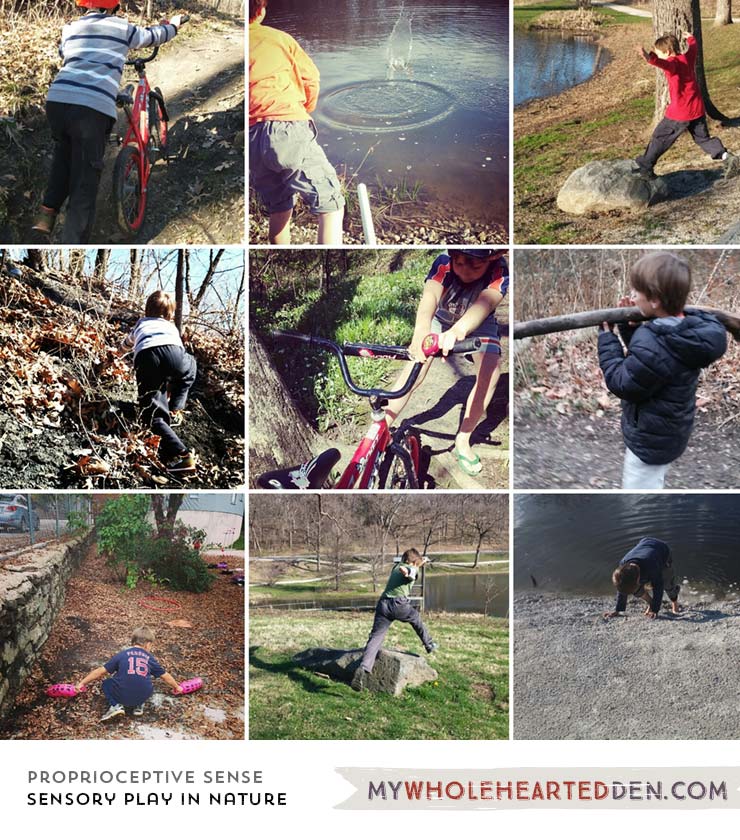
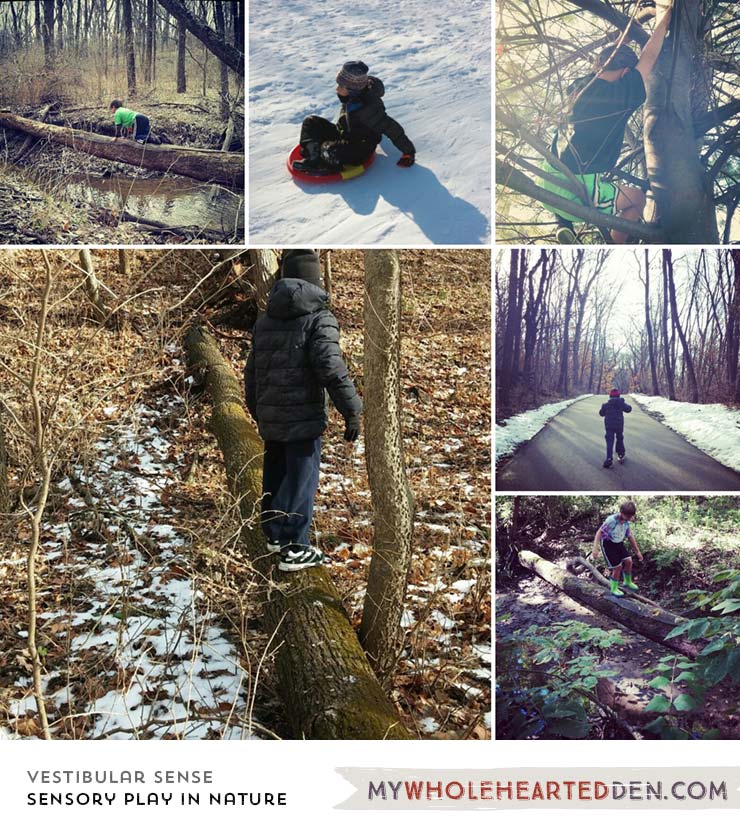
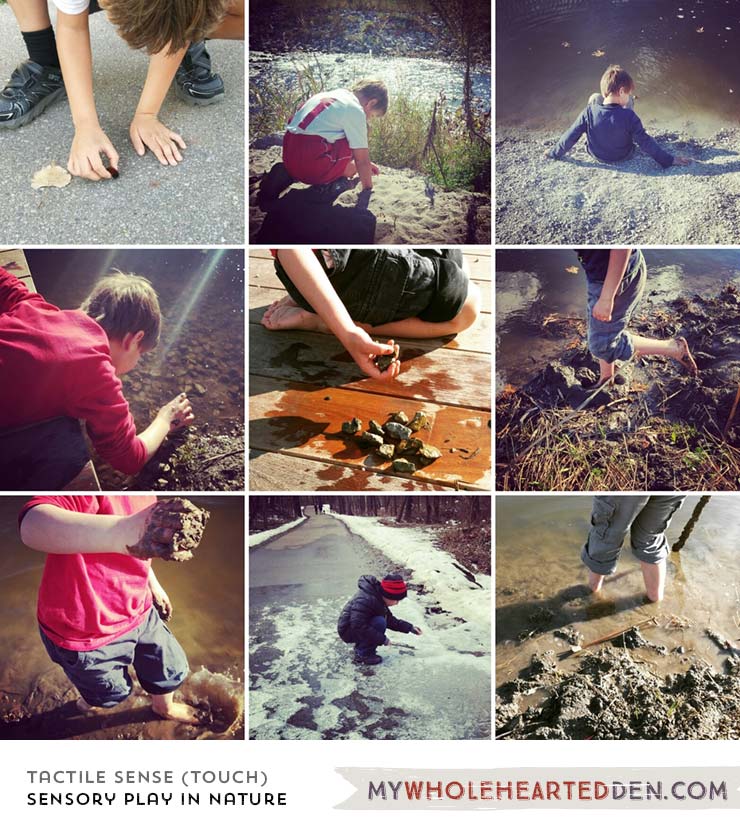
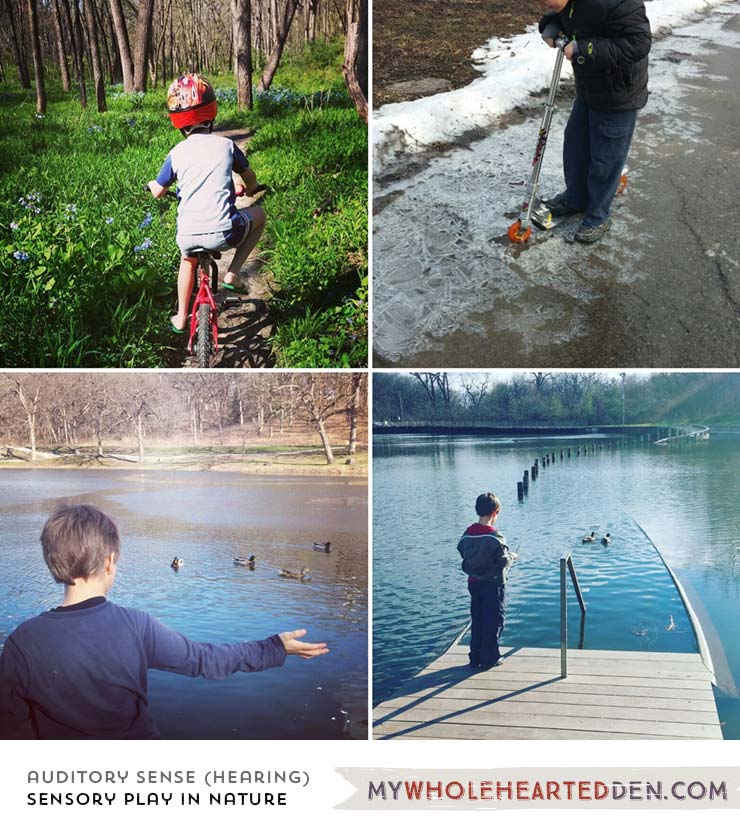
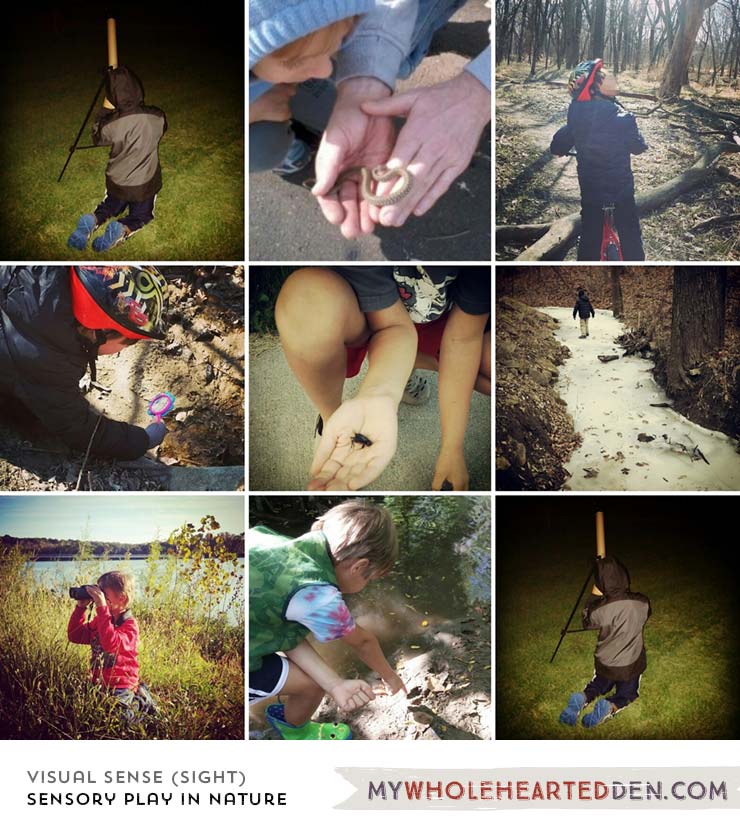
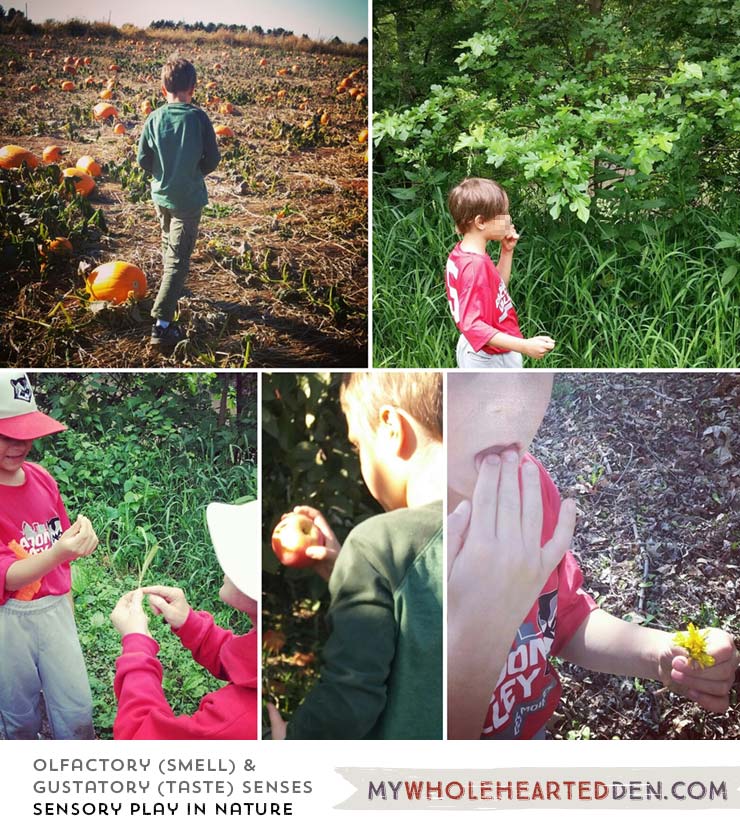
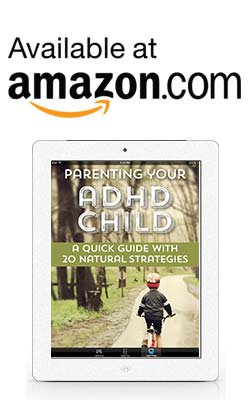

 RSS Feed
RSS Feed
